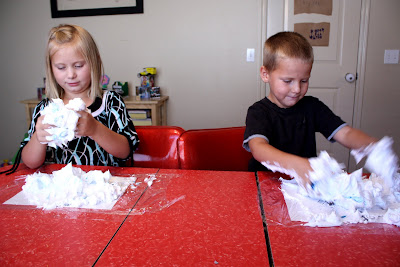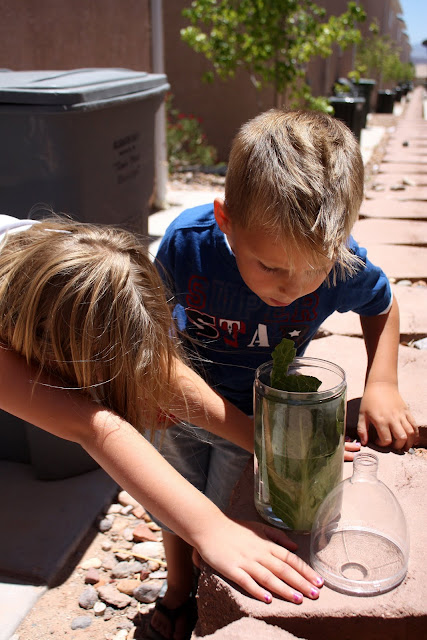What They Knew:
Hannah: They often used guns called pistols, Blackbeard was the most fierce, Pirates don't just steal treasure, they steal food and cloth, and things they need to survive, they have ships called warbirds, some brought their families (???), pirate movies mix myth with truth, they had parrots, sometimes they got caught in storms...which is very dangerous on high seas.
Seth: They have big wooden ships, they don't have heads on their ships like the Vikings, some use guns and some use swords, some lost their heads, they have cannons on their ships.
We went over basic pirate history, we discussed what kinds of ships they used, and why they would choose smaller ships over the larger ones, we talked about a few famous pirates, Captain Kidd, Blackbeard, Mary Read, etc. We looked at maps and followed some of the most common pirate courses. We discussed why they would choose to hit those areas most. We were very clear about the fact that pirates were NOT NICE PEOPLE who did a lot of bad things. We looked at a diagram of the insides of a pirate ship, and what the different spaces were used for, the galley, the captains quarters, etc. We looked at pirates symbols and pirate lingo.
For a writing activity, I had them write three days worth of a ships log. They had to come up with their pirate name and record what might have happened to them during that time. I totally love the results!

Next we did a "treasure hunt" activity. I had a bunch of cardboard coins, from pennies up to quarters that I buried in a bin of dry beans. The kids got to search for the "treasure" and then add up their "booty." The point was for them to learn how to count money...to use some tricks to make it easier (grouping, separating into 1$ increments, counting by 5's, 10's etc). In the end, Hannah ended up with quite a few more coins than Seth did. But the totals were almost identical. $5.29 for Seth, and $5.26 for Hannah. Apparently Seth ended up with more "silver" coinage.

Next we did a fun activity. I've been wanting to do the shaving cream activity, and this seemed the perfect opportunity. I printed a simple pirate ship image and taped it to the table, then I covered it with a piece of saran wrap, which I also taped down. Then I covered the picture with shaving cream and dropped a few drops of blue and green food coloring in.

They played around in the shaving cream for a while, and eventually realized that through the foam...there was something under there...

We call the color: Sea Foam Green.

What They Know Now:
Seth: Some pirate ships are called "junks". They steal the other peoples ships, some pirates get dumped off (marooned) for breaking a rule, Blackbeard was the meanest pirate in the whole world until the good guy got him.
Hannah: Pirate ships have rooms, their anchors were heavy and so were their sails, they had different types of flags, they all had to do with skeletons, they had smaller, fast ships, they would steal the daughters of the mayor or general, pirates called their treasure "booty", they could be very dangerous.
Next week: Famous Artists














